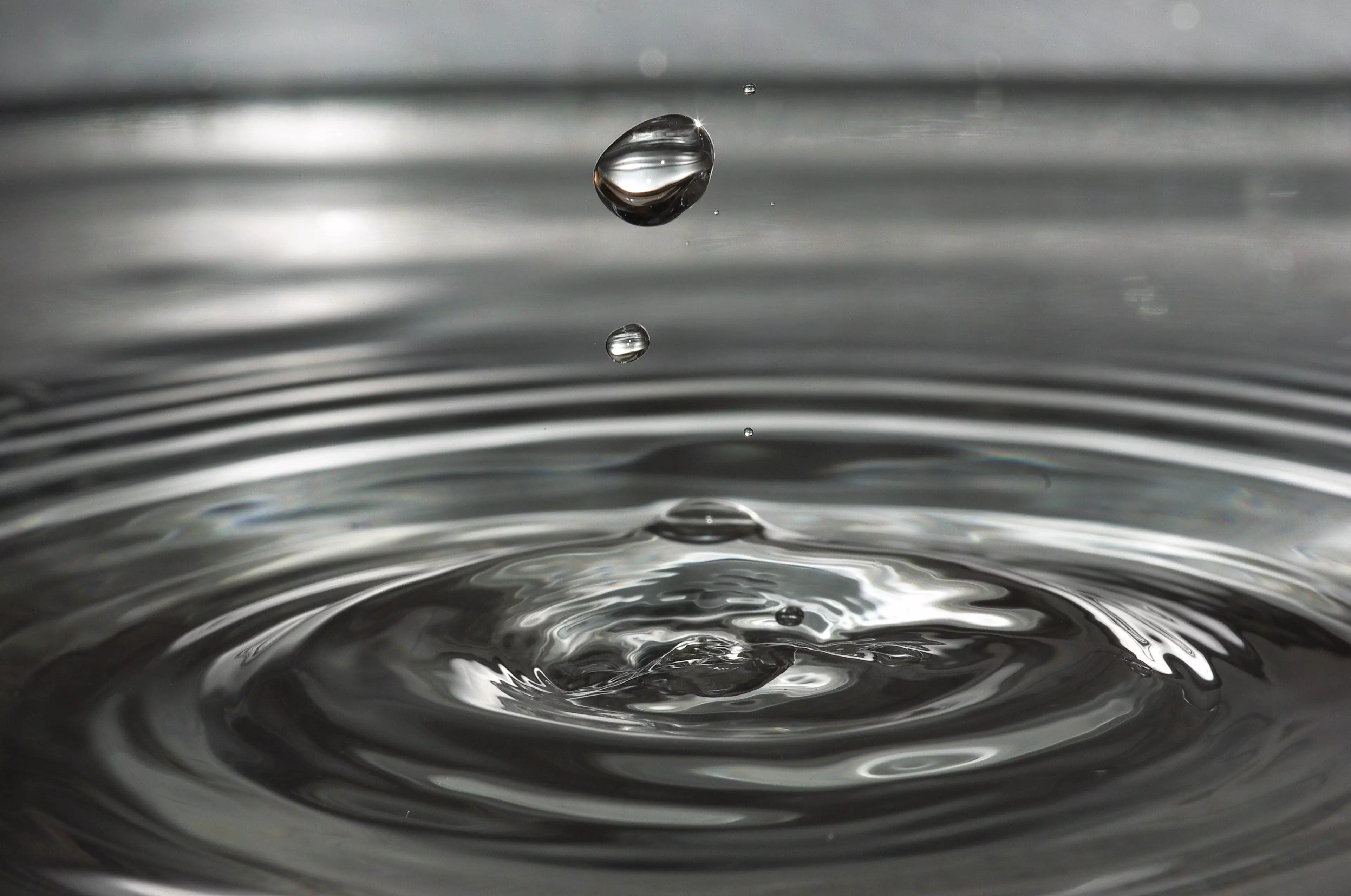World Water Day: Catalysing collaborative change
The World Water Day presents a wonderful opportunity for all stakeholders to come together for ‘accelerating change’ towards saving the Earth’s most precious resource

The theme for the World Water Day, 2023, is ‘Accelerating Change.’ Water affects us all, and we need everyone to act — at individual, institution, and community levels.
The UN 2023 Water Conference, under its Water Action Agenda, will discuss what needs to change, and how the world should create a collective action plan to help all member-states reach the identified goals at a faster-than-ever rate.
Water is crucial for advancing human rights, reducing poverty and inequality, and enabling peace, justice, and sustainability. Sustainable Development Goal 6 is a unique opportunity for mainstreaming water in the national and subnational planning. SDG 6.3 states that by 2030, water quality may be improved by reducing pollution, eliminating waste dumping, minimising release of hazardous chemicals and materials, halving the proportion of untreated waste water, and increasing recycling and safe reuse.
Only three per cent of water on the Earth is fresh, and two-thirds of that is ice. The amount of water available today is the same as it was when dinosaurs roamed the planet. The problem is not simply the availability and supply of water; the problem is people — our increasing numbers and our flagrant abuse of one of our most precious, limited resources. Add to this the problems caused by wastage and pollution of water. Water takes into solution a vast number of substances, and what it can’t dissolve, it simply pushes along or grinds up fine enough to carry as suspension.
Unfortunately, although we had registered some success in fulfilling the target set in the Millennium Development Goals (2000-2015) the situation today is becoming more desperate and alarming. According to a report endorsed by14,000 scientists from 1,990 jurisdictions in 34 countries, “we are nearing or have already crossed tipping points associated with critical parts of the Earth system, including the West Antarctic and Greenland ice sheets, warm-water coral reefs, and the Amazon rainforest."
A well-known forester and ecologist, Richard St. Barbe Baker (1899-1982), wrote many decades ago: “Water must be a basic consideration in everything: forestry, agriculture and industry.”
According to a World Bank report from 2022, “approximately two billion people around the world do not have safely managed drinking water services, 3.6 billion people do not have safely managed sanitation services, and 2.3 billion lack basic handwashing facilities… Consequences will be disproportionately felt by the poorest and most vulnerable.”
Access & availability of water is today a major source of potential conflict. Gradual reductions over time in the quality and/or quantity of fresh water can add to the instability of a region by depleting the health of a population, obstructing economic development, and exacerbating larger conflicts. This is especially the case where river basins are shared by two or more countries. Using a purely quantitative methodology, Thomas Homer-Dixon successfully correlated water scarcity and the scarcity of arable lands to an increased chance of violent conflict.
In most agricultural, and almost all urban areas, there has been a serious deterioration of rivers, aquifers, and groundwater, especially in India. The world population has crossed eight billion and, with the demand for freshwater doubling every 18 years, we are moving towards an ecological suicide.
The Government of India held its first All-India Annual State Ministers Conference on Water in Bhopal in January 2023 around the theme ‘WaterVision@2047’. The Government’s National Water Mission was launched in the context of the National Action Plan on Climate Change, to ensure integrated water resource management. The mission considers the provisions of the National Water Policy, and developed a framework to optimise water-use by increasing water-use efficiency by 20 per cent through regulatory mechanisms with differential entitlements and pricing. It seeks to ensure that a considerable share of the water needs of urban areas are met through recycling of waste water, and that the water requirements of coastal cities with inadequate alternative sources of water are met through adoption of new and appropriate technologies. The National Water Policy revisits the consultation with states to ensure basin-level management strategies to deal with variability in rainfall and river flows.
This includes enhanced storage and rainwater harvesting, coupled with equitable and efficient management structures. The mission seeks to develop new regulatory structures, combined with appropriate entitlements and pricing. It seeks to optimise the efficiency of existing irrigation systems, including rehabilitation of systems that have been run down, and also expand irrigation, wherever feasible, with a special effort to increase storage capacity.
Appropriate indicators have been evolved for assessing adaptation benefits of the actions. The ‘Technical Document’ annexed with the NAPCC has identified key areas related to: (a) studies on management of surface water resources, (b) management and regulation of ground water resources, (c) upgrading storage structures for fresh and drainage system for wastewater, (d) conservation of wetlands, (e) development of desalination technologies, and (f) Jal Shakti Abhiyan: Catch the Rain.
Humanity’s crying needs will not be met by a struggle among competing ambitions or by protest against one or another for the countless wrongs afflicting a crises-stricken age. It calls, rather, for a fundamental change of consciousness. Let’s then: “Arise, Awake! Stop Not till the Goal is reached.” There is light at the end of the tunnel of accelerated change.
The writer is a social worker and an independent researcher based in New Delhi. Views expressed are personal



